Mahesh Samat, senior vice-president & managing director, The Walt Disney Company, manages all his company’s businesses in India, except for the ESPN/STAR Sports joint venture.
Mahesh Samat, senior vice-president & managing director, The Walt Disney Company (India), manages all his company’s businesses in India, except for the ESPN/STAR Sports joint venture.
Based in Mumbai, he reports to Andy Bird, chairman of Walt Disney International. Samat is responsible for driving Walt Disney’s strategy and coordinating all its business efforts in India, including the company’s global franchisees.
He has over 20 years of experience in the fast-moving consumer goods and healthcare segments in India, Asia-Pacific and Europe.
Samat spoke to DNA Money’s Madhumita Mookerji about Walt Disney’s various commitments in India. Excerpts:
After about four years of operations in India, what are the challenges faced by Disney in India and how could these be addressed?
We see no challenges, only opportunities. There are 3.6 billion movie admissions in a year in India. The country has 350 million kids — the highest number. Demographics are on our side in India. The kids’ retail business is about $12 billion in India — it’s a great opportunity for the merchandise segment. The publishing business is growing —India is one of the few countries where it is.
Television is a key brand driver for Disney in India. To what extent has the company been able to acquire a chunk of the mindspace among viewers?
We are trying to build Disney as a family entertainment brand. Creative properties and franchises are leveraged across different lines of businesses. A recent survey on television has shown that for kids in the 2-5 years age bracket, Mickey Mouse is the No.1 character. It is not about eyeballs but having an impact on the consumer’s mind.
On a yearly basis, Disney, Hungama and Jetix have been No.1 channels in multiplex terms — i.e., in terms of eyeballs.
The Disney multiplex reached over 60% kids in the CS 4-14 ABC category of audiences during the year.
Has your localisation strategy helped to increase your share? How much of your programming is localised at present and will this increase?
The strategy is to go beyond television, focus on the global franchises. For instance, the music video of Hindi songs was inspired by the High School Musical, which went platinum in the Indipop category. Or even Winnie the Pooh. The idea is to take global properties and make them more relevant for consumers in India. Localisation has many avatars. For instance, we have started a short format called Break Time Masti Time during the commercial breaks.
Thirdly, we are building local properties and characters and hoping to do this primarily with films.
How do you plan to grow the television business further in India?
The approach is to build sustainable relationships with viewers and do programming around what they like. We also look at the TRPs. But the aim is to mainly create awareness, perception and have an impact with key properties in India. For instance, Hanna Montana is an American property but it’s the second-most liked character among girls here.
But what will your focus be?
The focus will be on 8-12 year-olds - or tweens. This is the core group Disney channel is targeting. Our key partner for movies for the Disney channel in India will be Red Chillies Entertainment.
The positioning for Hungama was “a fun channel for boys” and this will continue positioning for Jetix is ‘action adventure.’ There’s a great deal of interest in this channel in southern India, mainly because it is the only one available in Tamil and Telugu.
Is there a slant towards boys’ preferences?
No, there is a lot of entertainment for girls. Hanna Montana and High School Musical are both girl-oriented. In Hungama, the peg is on humour. Here, age and gender are not the issues. It is theme-based content.
So, what’s cooking with Red Chillies?
Our productions with Red Chillies will be Disney Channel original movies. At present, we’ve got plans for only one film. We may explore more opportunities later.
What sort of response have you received for your dubbed content?
In dubbing, our most interesting experiment was with Narnia. It was dubbed in English, Hindi, Tamil and Telugu and we saw a significant increase in viewership. Looking at languages makes sense. We look upon dubbing as a creative extension — we call it transcreation. Our channels are 100% dubbed.
In films… it depends. If a particular film has a broad appeal, then we dub it more aggressively. In books, we will continue to look for more language options. Currently, most of our publishing is in English.
What are your plans for Disney ABC International Television in India?
Disney ABC International Television is an interesting business and through dubbing, we get more traction. We are keeping our options open. We haven’t yet decided on production in India. Most of the content is our own, which are licensed to other channels that buy the rights to air our content like Desperate Housewives, etc. Disney content is distributed in India through Zee, STAR, Sun and DTH platforms. We also have a relationship with UTVi through ABC News.
What’s your focus for Walt Disney Internet Group?
Globally, casual gaming is a big priority and we will apply the same approach here — build global properties. We have mobile games designed for India too — Mickey Mouse Rickshaw Rush, for instance.
What sort of share are you looking at in the mobile content space?
There is no adequate data, it’s a highly diffused business. There are 300 million mobile phone users and the number is growing by 10 million a month, according to the August data. India is expected to become a 500 million mobile phone market in five years. So, there is a lot of opportunity. The challenge lies in how one can leverage the properties to make games for the value-added space.
You have just released Roadside Romeo, the co-production with Yashraj Films. What are the other co-productions on the anvil with Yashraj?
It’s a two-film, animation deal with Yashraj Films. One more film will be made, which is now at the scripting stage.
Are you likely to sign more co-production deals in the future?
Generally, across the world, Disney does films by itself. We are not closed to partnerships. We are following the global model here. Four live-action films will be made — two will be produced next year. Zokkomon will star Darsheel Safari. The 19th Step will be directed by Bharat Bala. The third will be a multi-lingual film with Kamal Hasan and the fourth will have a Japanese cast against a martial arts backdrop. The third and fourth movies are at the scripting stage.
What are the challenges facing Disney in the home video space?
We see more opportunities than challenges in the increasing sales of DVD players. We have a tie-up with Excel Videos. We are looking at different options. We can potentially go on our own. As modern trade increases, we may establish an organised structure that would support relationships with our key accounts. Excel could partner us in some areas of business. We may look at taking the global rights of Taare Zameen Par home videos in the UK, US and Australia.
Where will Disney’s thrust be in future in India?
We are trying to build a family entertainment brand in India where, in about 10 years, it will not be Walt Disney India Ltd but an Indian Walt Disney.
India accepts any content as long as it’s appealing. Hopefully, Roadside Romeo will appeal to Indians. The three key business areas of focus are television, films and kids’ retail. India is at the cusp of these three areas for us.
When will Disney bring its theme parks to India?
No, there are no plans to do so.
m_madhumita@dnaindia.net
![submenu-img]() Balancing Risk and Reward: Tips and Tricks for Good Mobile Trading
Balancing Risk and Reward: Tips and Tricks for Good Mobile Trading![submenu-img]() Balmorex Pro [Is It Safe?] Real Customers Expose Hidden Dangers
Balmorex Pro [Is It Safe?] Real Customers Expose Hidden Dangers![submenu-img]() Sight Care Reviews (Real User EXPERIENCE) Ingredients, Benefits, And Side Effects Of Vision Support Formula Revealed!
Sight Care Reviews (Real User EXPERIENCE) Ingredients, Benefits, And Side Effects Of Vision Support Formula Revealed!![submenu-img]() Java Burn Reviews (Weight Loss Supplement) Real Ingredients, Benefits, Risks, And Honest Customer Reviews
Java Burn Reviews (Weight Loss Supplement) Real Ingredients, Benefits, Risks, And Honest Customer Reviews![submenu-img]() Gurucharan Singh is still unreachable after returning home, says Taarak Mehta producer Asit Modi: 'I have been trying..'
Gurucharan Singh is still unreachable after returning home, says Taarak Mehta producer Asit Modi: 'I have been trying..'![submenu-img]() RBSE 12th Result 2024 Live Updates: Rajasthan Board Class 12 results DECLARED, get direct link here
RBSE 12th Result 2024 Live Updates: Rajasthan Board Class 12 results DECLARED, get direct link here![submenu-img]() IIT graduate Indian genius ‘solved’ 161-year old maths mystery, left teaching to become CEO of…
IIT graduate Indian genius ‘solved’ 161-year old maths mystery, left teaching to become CEO of…![submenu-img]() RBSE 12th Result 2024 Live Updates: Rajasthan Board Class 12 results to be announced soon, get direct link here
RBSE 12th Result 2024 Live Updates: Rajasthan Board Class 12 results to be announced soon, get direct link here![submenu-img]() Meet doctor who cracked UPSC exam to become IAS officer but resigned after few years due to...
Meet doctor who cracked UPSC exam to become IAS officer but resigned after few years due to...![submenu-img]() IIT graduate gets job with Rs 45 crore salary package, fired after few years, buys Narayana Murthy’s…
IIT graduate gets job with Rs 45 crore salary package, fired after few years, buys Narayana Murthy’s…![submenu-img]() DNA Verified: Is CAA an anti-Muslim law? Centre terms news report as 'misleading'
DNA Verified: Is CAA an anti-Muslim law? Centre terms news report as 'misleading'![submenu-img]() DNA Verified: Lok Sabha Elections 2024 to be held on April 19? Know truth behind viral message
DNA Verified: Lok Sabha Elections 2024 to be held on April 19? Know truth behind viral message![submenu-img]() DNA Verified: Modi govt giving students free laptops under 'One Student One Laptop' scheme? Know truth here
DNA Verified: Modi govt giving students free laptops under 'One Student One Laptop' scheme? Know truth here![submenu-img]() DNA Verified: Shah Rukh Khan denies reports of his role in release of India's naval officers from Qatar
DNA Verified: Shah Rukh Khan denies reports of his role in release of India's naval officers from Qatar![submenu-img]() DNA Verified: Is govt providing Rs 1.6 lakh benefit to girls under PM Ladli Laxmi Yojana? Know truth
DNA Verified: Is govt providing Rs 1.6 lakh benefit to girls under PM Ladli Laxmi Yojana? Know truth![submenu-img]() Urvashi Rautela mesmerises in blue celestial gown, her dancing fish necklace steals the limelight at Cannes 2024
Urvashi Rautela mesmerises in blue celestial gown, her dancing fish necklace steals the limelight at Cannes 2024![submenu-img]() Kiara Advani attends Women In Cinema Gala in dramatic ensemble, netizens say 'who designs these hideous dresses'
Kiara Advani attends Women In Cinema Gala in dramatic ensemble, netizens say 'who designs these hideous dresses'![submenu-img]() Influencer Diipa Büller-Khosla looks 'drop dead gorgeous' in metallic structured dress at Cannes 2024
Influencer Diipa Büller-Khosla looks 'drop dead gorgeous' in metallic structured dress at Cannes 2024![submenu-img]() Kiara Advani stuns in Prabal Gurung thigh-high slit gown for her Cannes debut, poses by the French Riviera
Kiara Advani stuns in Prabal Gurung thigh-high slit gown for her Cannes debut, poses by the French Riviera![submenu-img]() Heeramandi star Taha Shah Badussha makes dashing debut at Cannes Film Festival, fans call him ‘international crush’
Heeramandi star Taha Shah Badussha makes dashing debut at Cannes Film Festival, fans call him ‘international crush’![submenu-img]() Haryana Political Crisis: Will 3 independent MLAs support withdrawal impact the present Nayab Saini led-BJP government?
Haryana Political Crisis: Will 3 independent MLAs support withdrawal impact the present Nayab Saini led-BJP government?![submenu-img]() DNA Explainer: Why Harvey Weinstein's rape conviction was overturned, will beleaguered Hollywood mogul get out of jail?
DNA Explainer: Why Harvey Weinstein's rape conviction was overturned, will beleaguered Hollywood mogul get out of jail?![submenu-img]() What is inheritance tax?
What is inheritance tax?![submenu-img]() DNA Explainer: What is cloud seeding which is blamed for wreaking havoc in Dubai?
DNA Explainer: What is cloud seeding which is blamed for wreaking havoc in Dubai?![submenu-img]() DNA Explainer: What is Israel's Arrow-3 defence system used to intercept Iran's missile attack?
DNA Explainer: What is Israel's Arrow-3 defence system used to intercept Iran's missile attack?![submenu-img]() Gurucharan Singh is still unreachable after returning home, says Taarak Mehta producer Asit Modi: 'I have been trying..'
Gurucharan Singh is still unreachable after returning home, says Taarak Mehta producer Asit Modi: 'I have been trying..'![submenu-img]() ‘Jo mujhse bulwana chahte ho…’: Angry Dharmendra lashes out after casting his vote in Lok Sabha Elections 2024
‘Jo mujhse bulwana chahte ho…’: Angry Dharmendra lashes out after casting his vote in Lok Sabha Elections 2024![submenu-img]() Deepika Padukone spotted with her baby bump as she steps out with Ranveer Singh to cast her vote in Lok Sabha elections
Deepika Padukone spotted with her baby bump as she steps out with Ranveer Singh to cast her vote in Lok Sabha elections![submenu-img]() Jr NTR surprises fans on birthday, announces NTR 31 with Prashanth Neel, shares details
Jr NTR surprises fans on birthday, announces NTR 31 with Prashanth Neel, shares details ![submenu-img]() 86-year-old Shubha Khote wins hearts by coming out to cast her vote in Lok Sabha elections, says meant to inspire voters
86-year-old Shubha Khote wins hearts by coming out to cast her vote in Lok Sabha elections, says meant to inspire voters![submenu-img]() Watch viral video: Man gets attacked after trying to touch ‘pet’ cheetah; netizens react
Watch viral video: Man gets attacked after trying to touch ‘pet’ cheetah; netizens react![submenu-img]() Real story of Lahore's Heermandi that inspired Netflix series
Real story of Lahore's Heermandi that inspired Netflix series![submenu-img]() 12-year-old Bengaluru girl undergoes surgery after eating 'smoky paan', details inside
12-year-old Bengaluru girl undergoes surgery after eating 'smoky paan', details inside![submenu-img]() Viral video: Pakistani man tries to get close with tiger and this happens next
Viral video: Pakistani man tries to get close with tiger and this happens next![submenu-img]() Owl swallows snake in one go, viral video shocks internet
Owl swallows snake in one go, viral video shocks internet

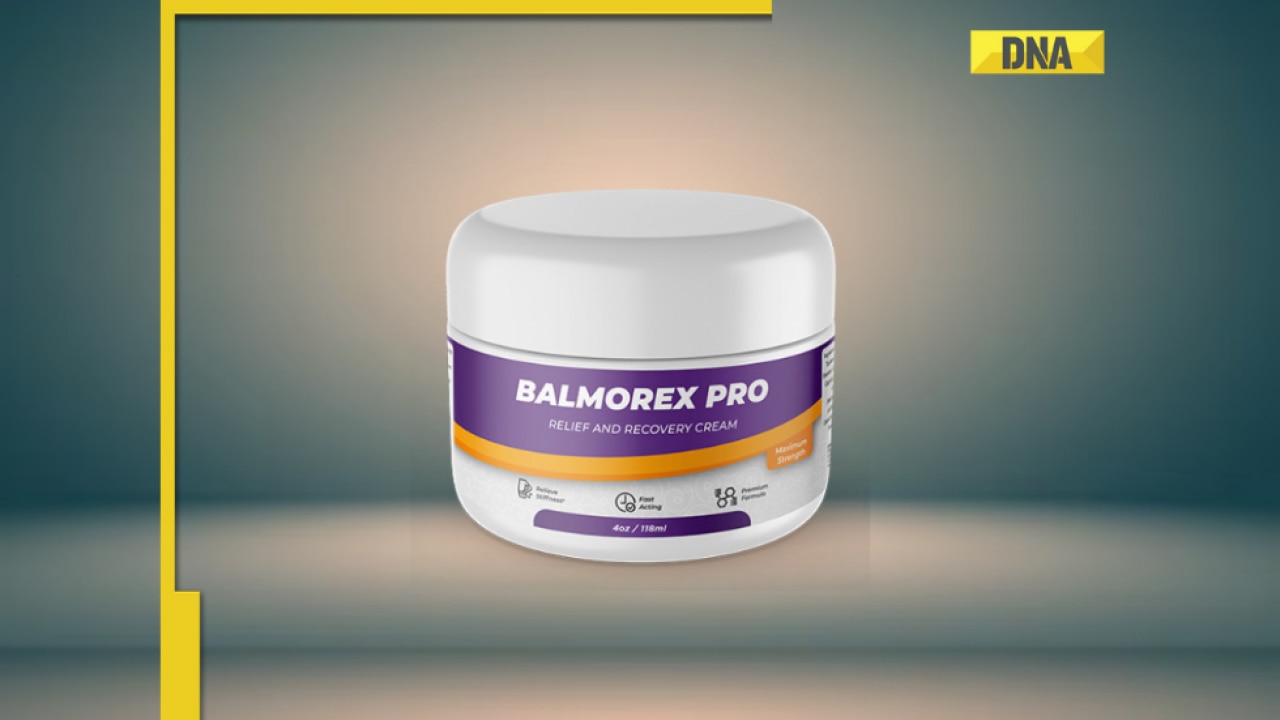


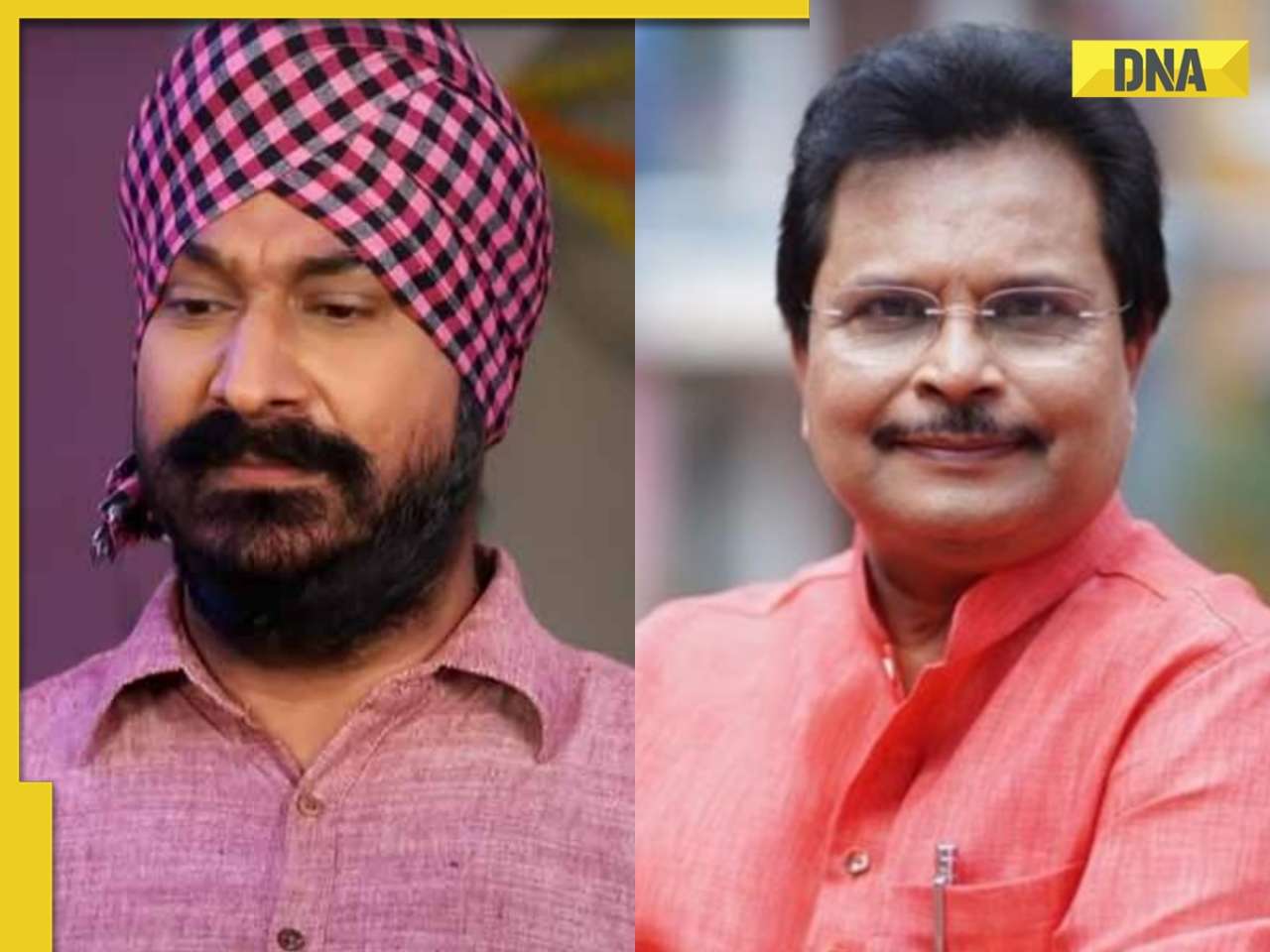





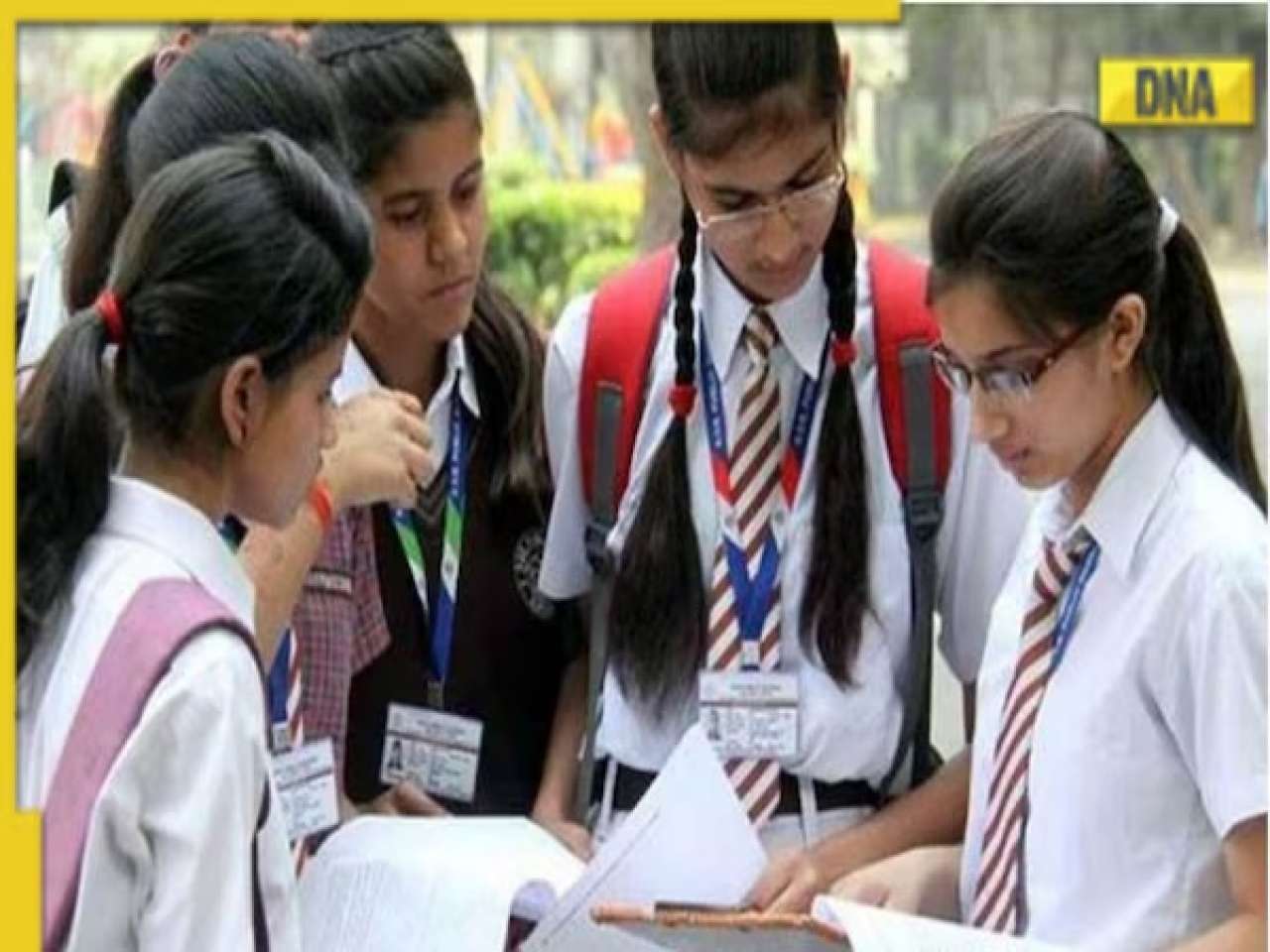

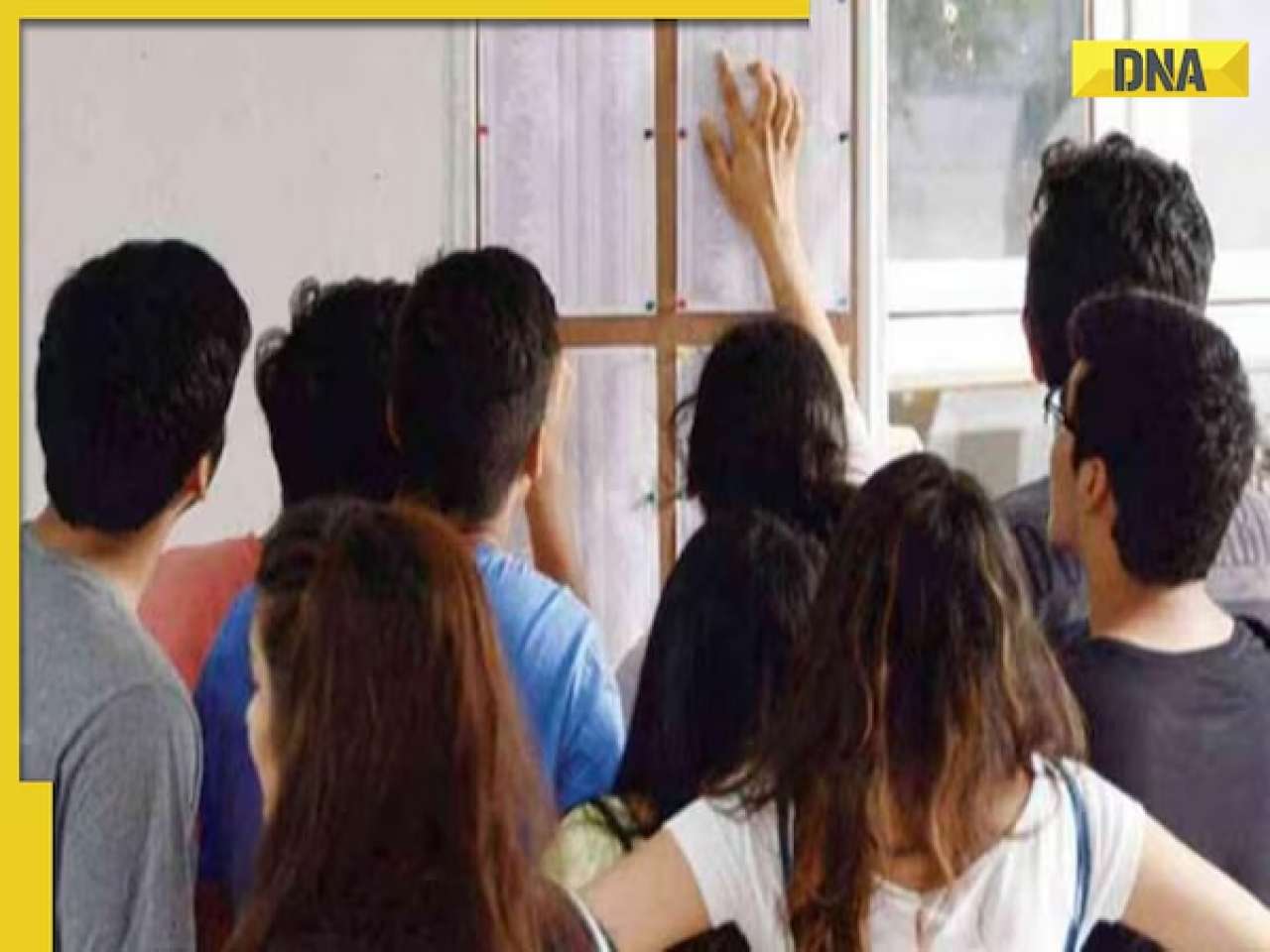
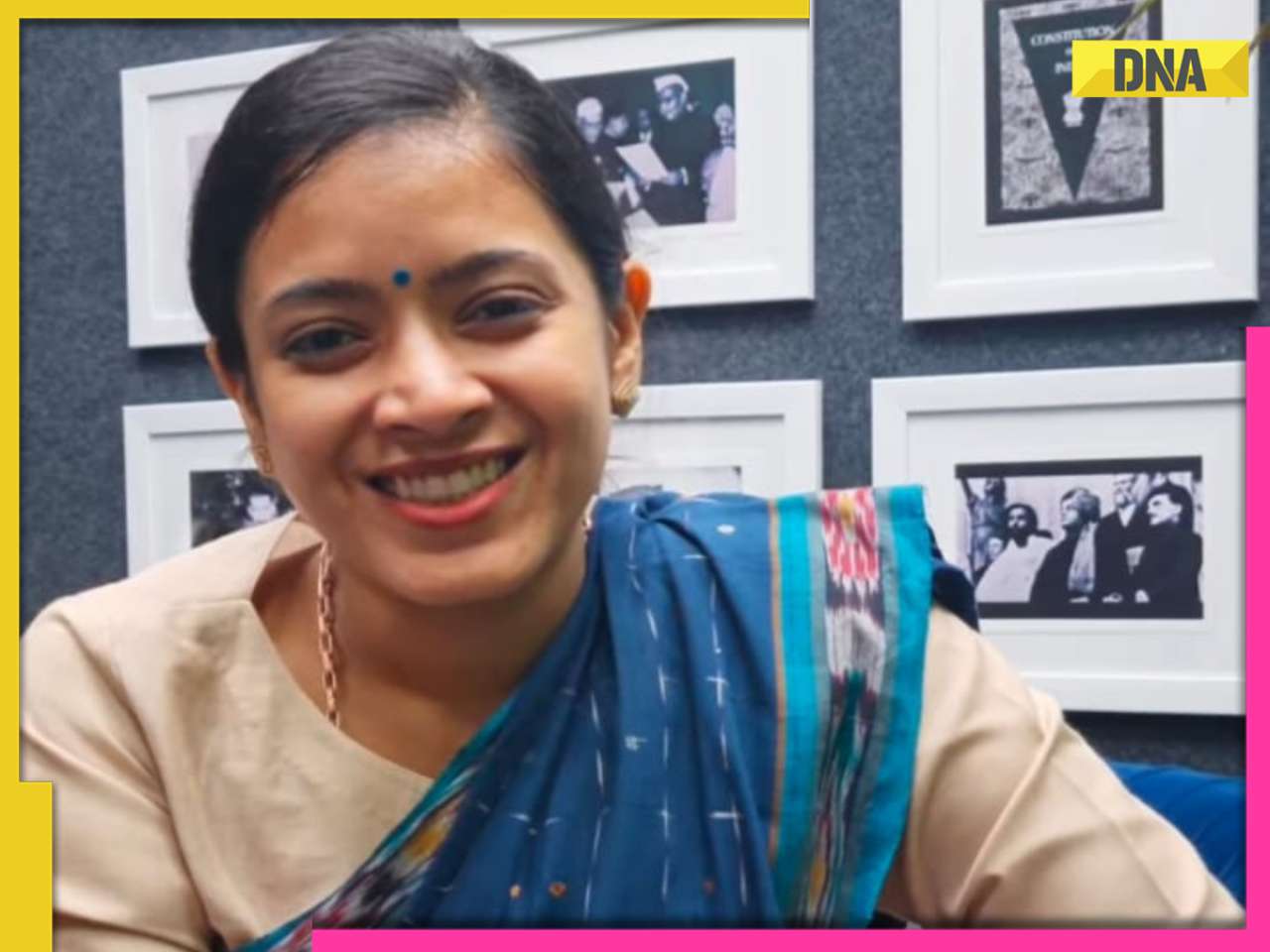



















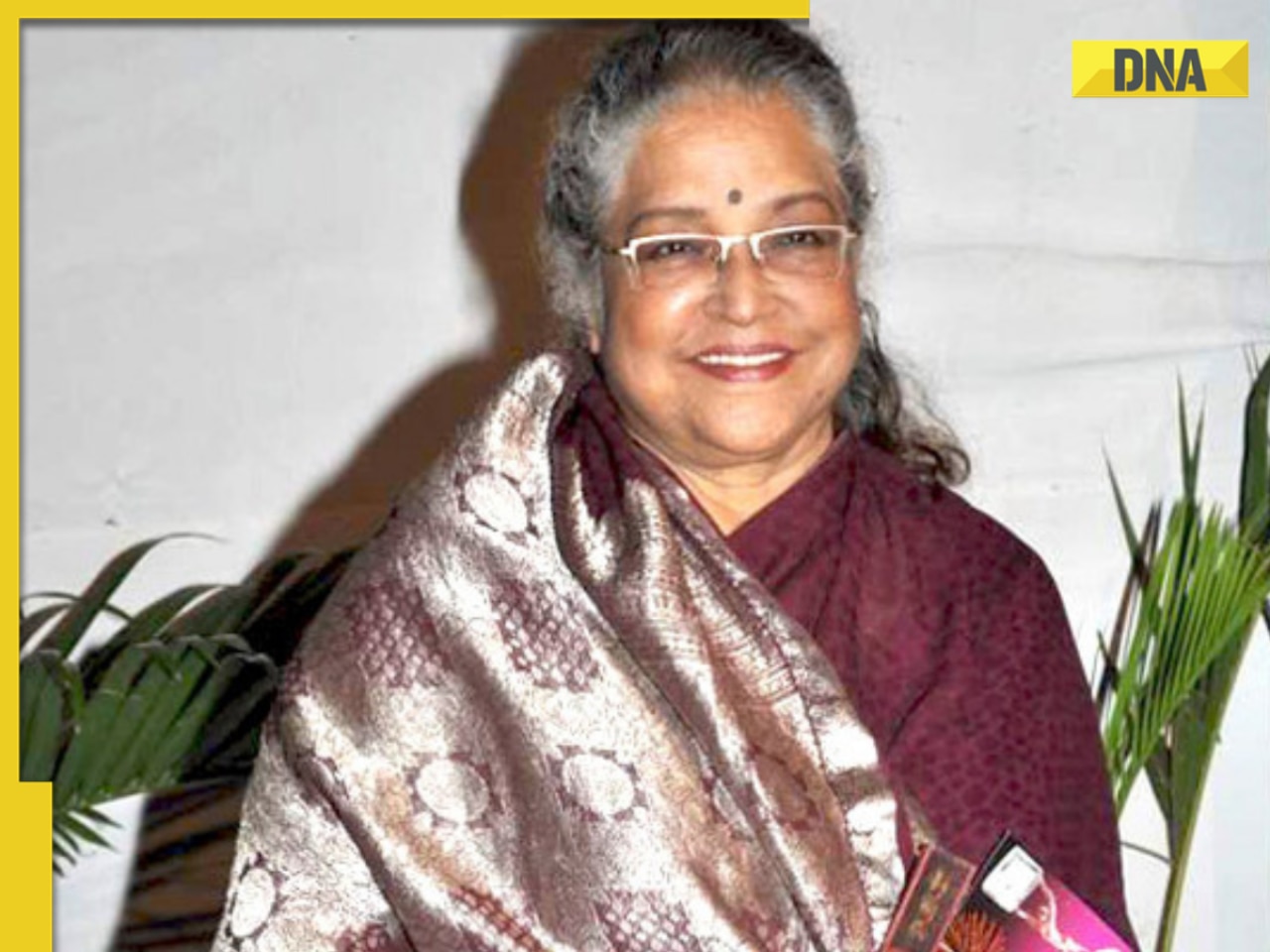
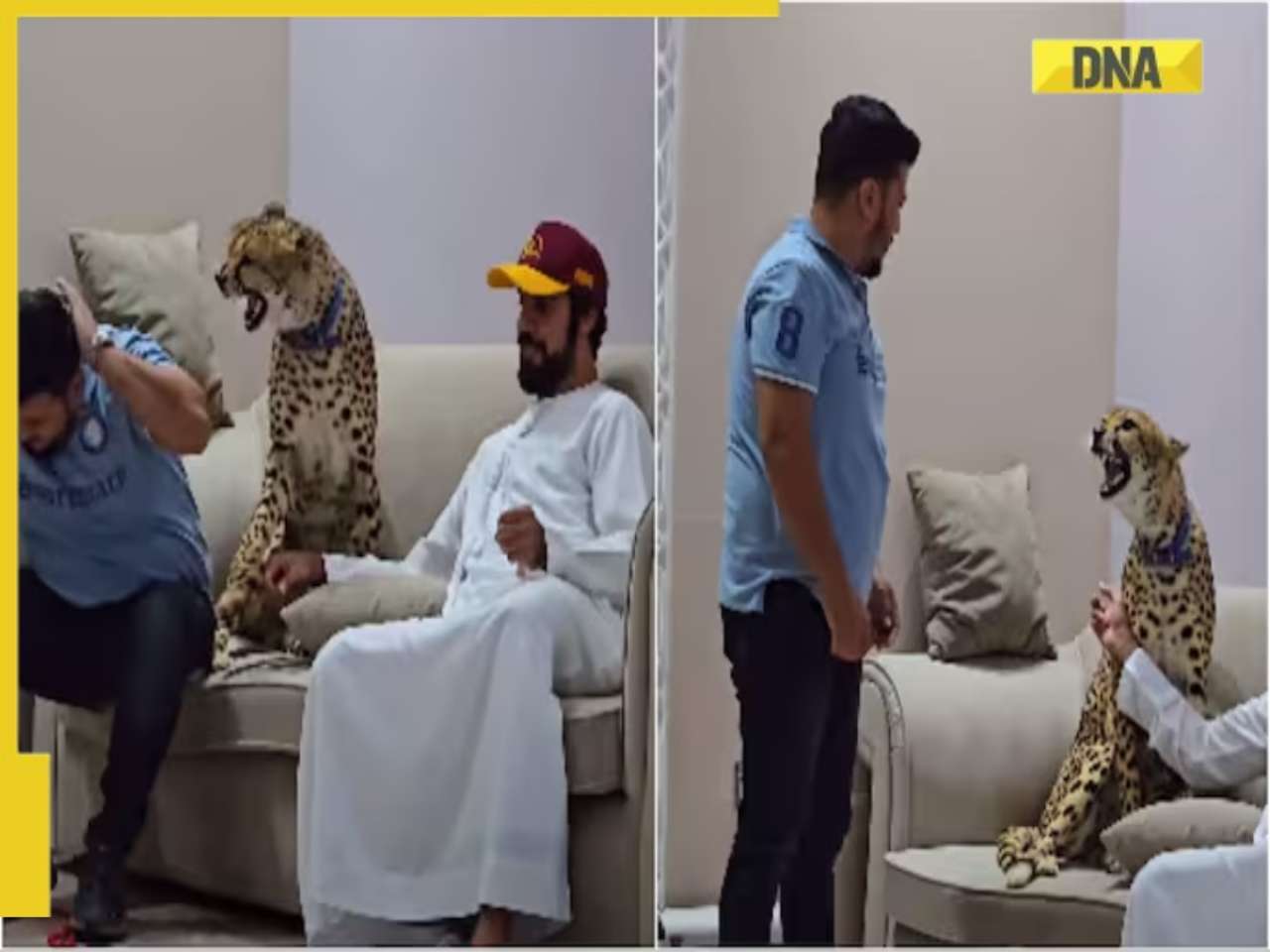
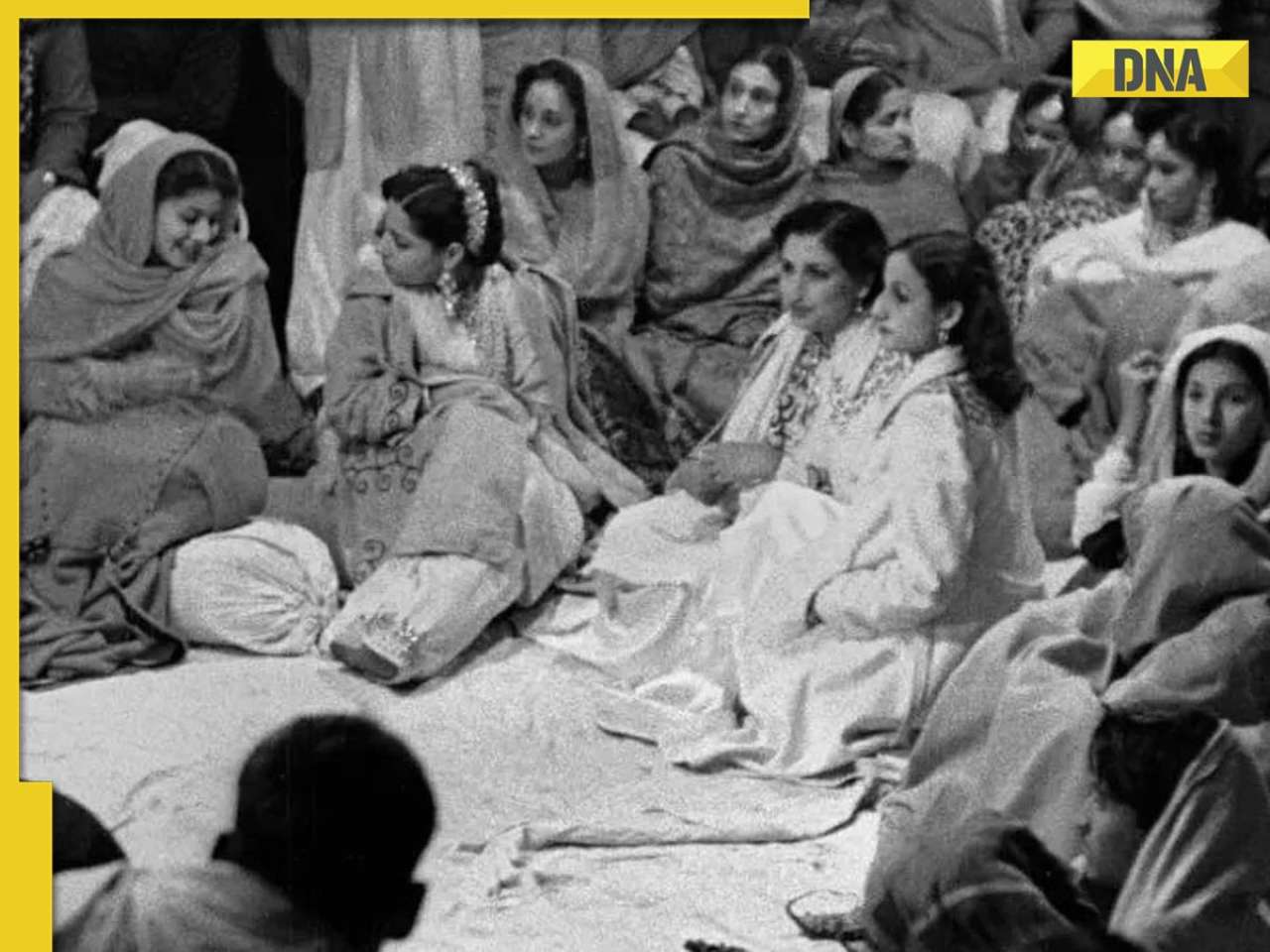


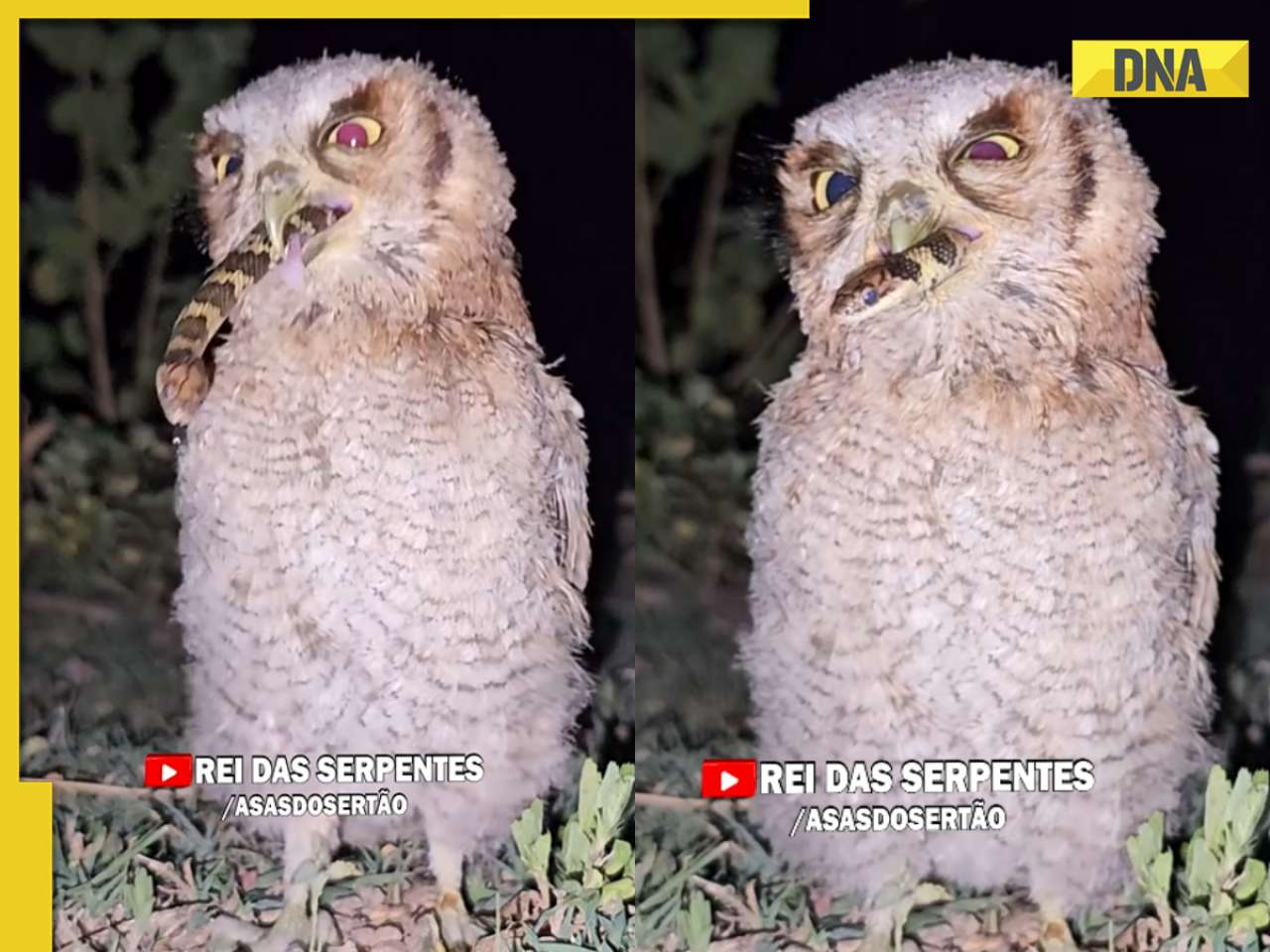



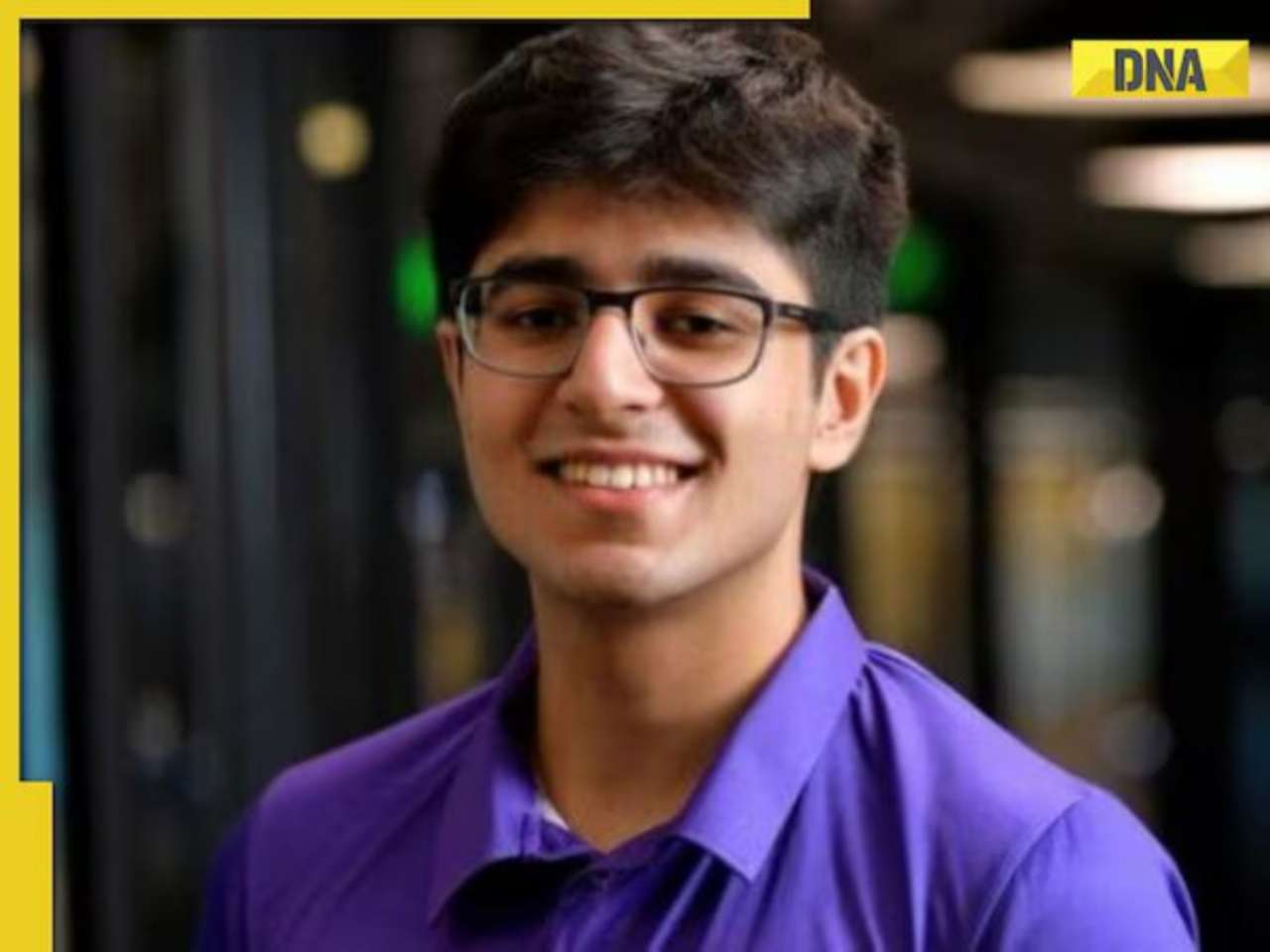

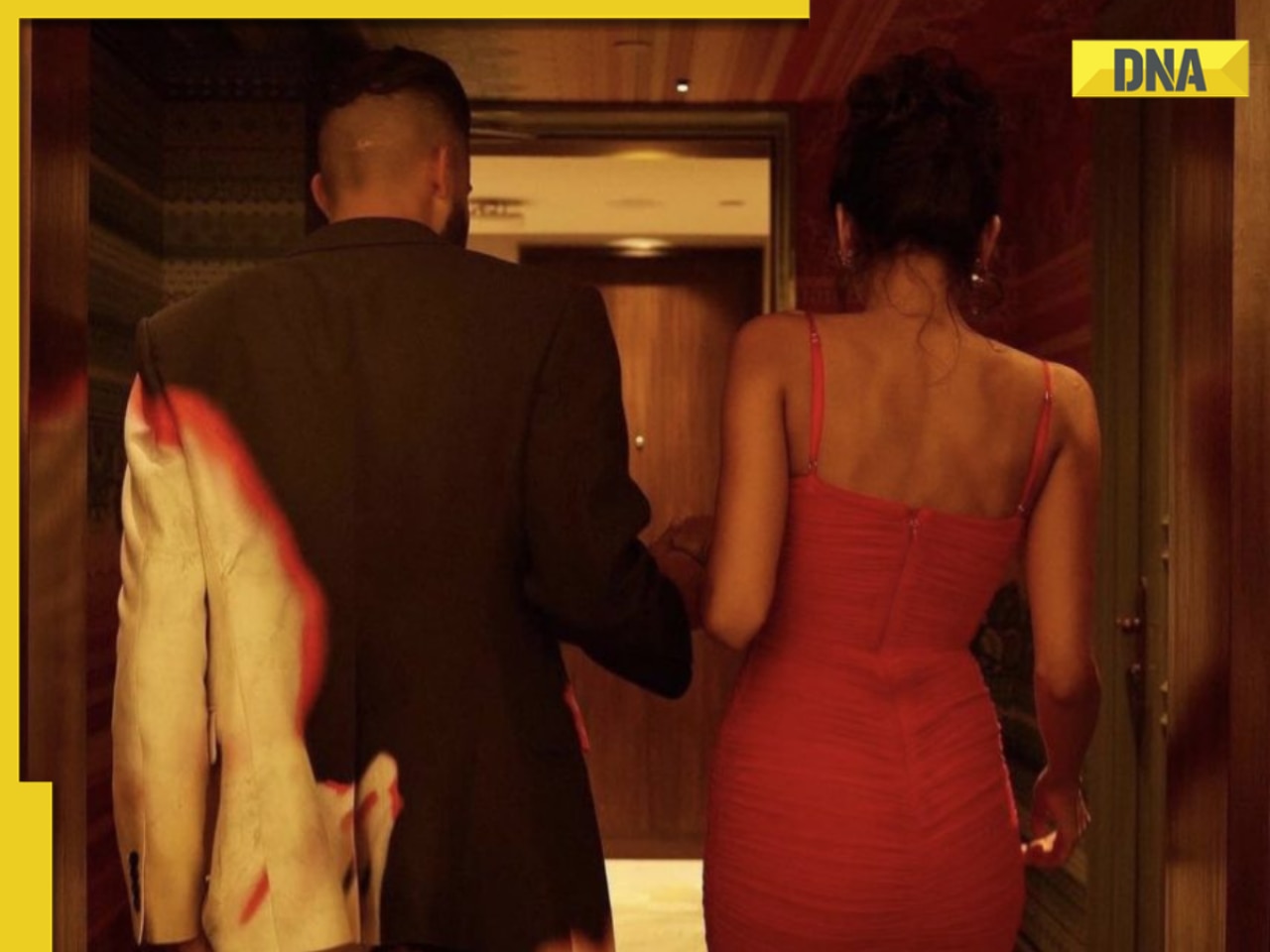

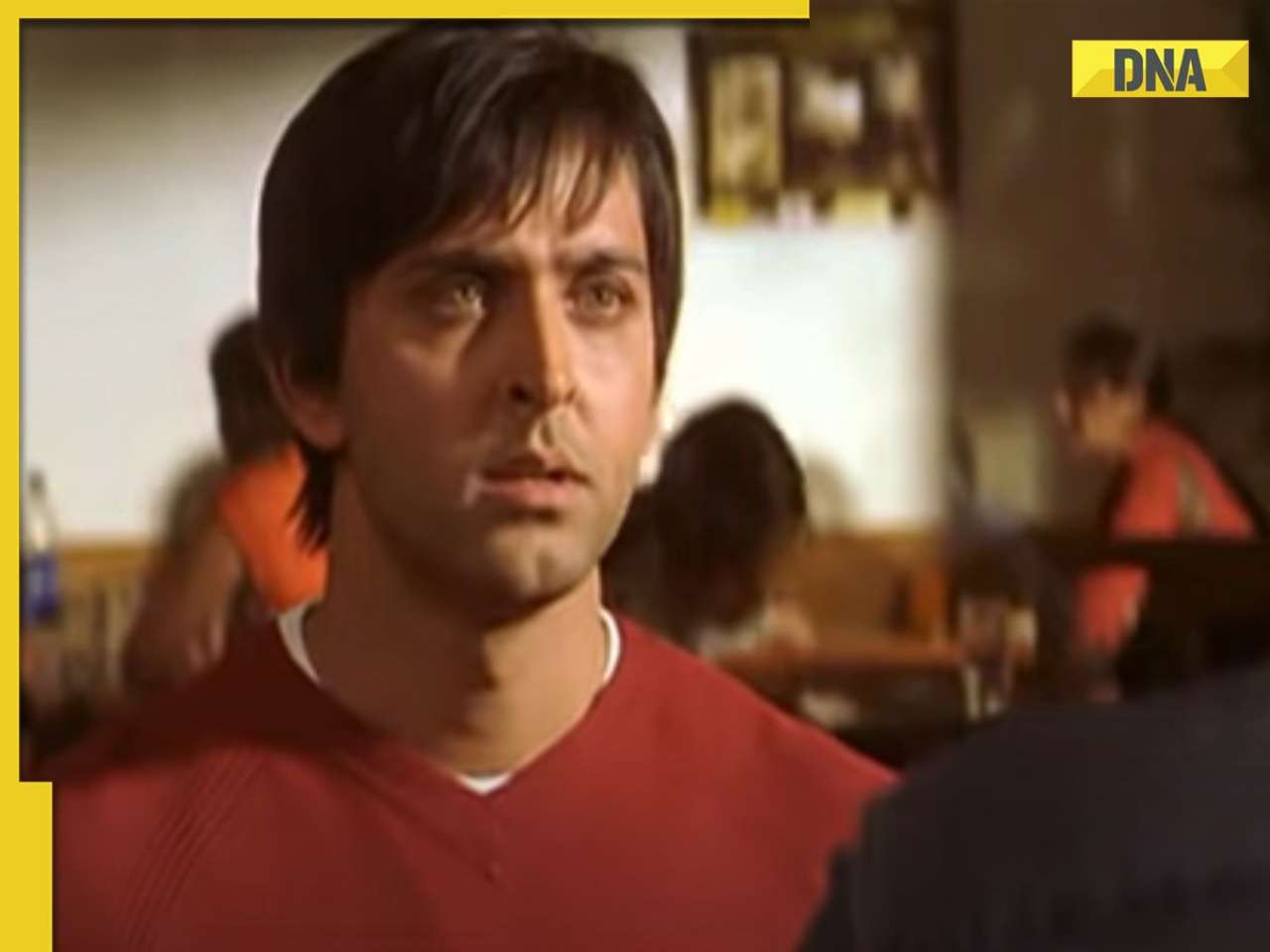



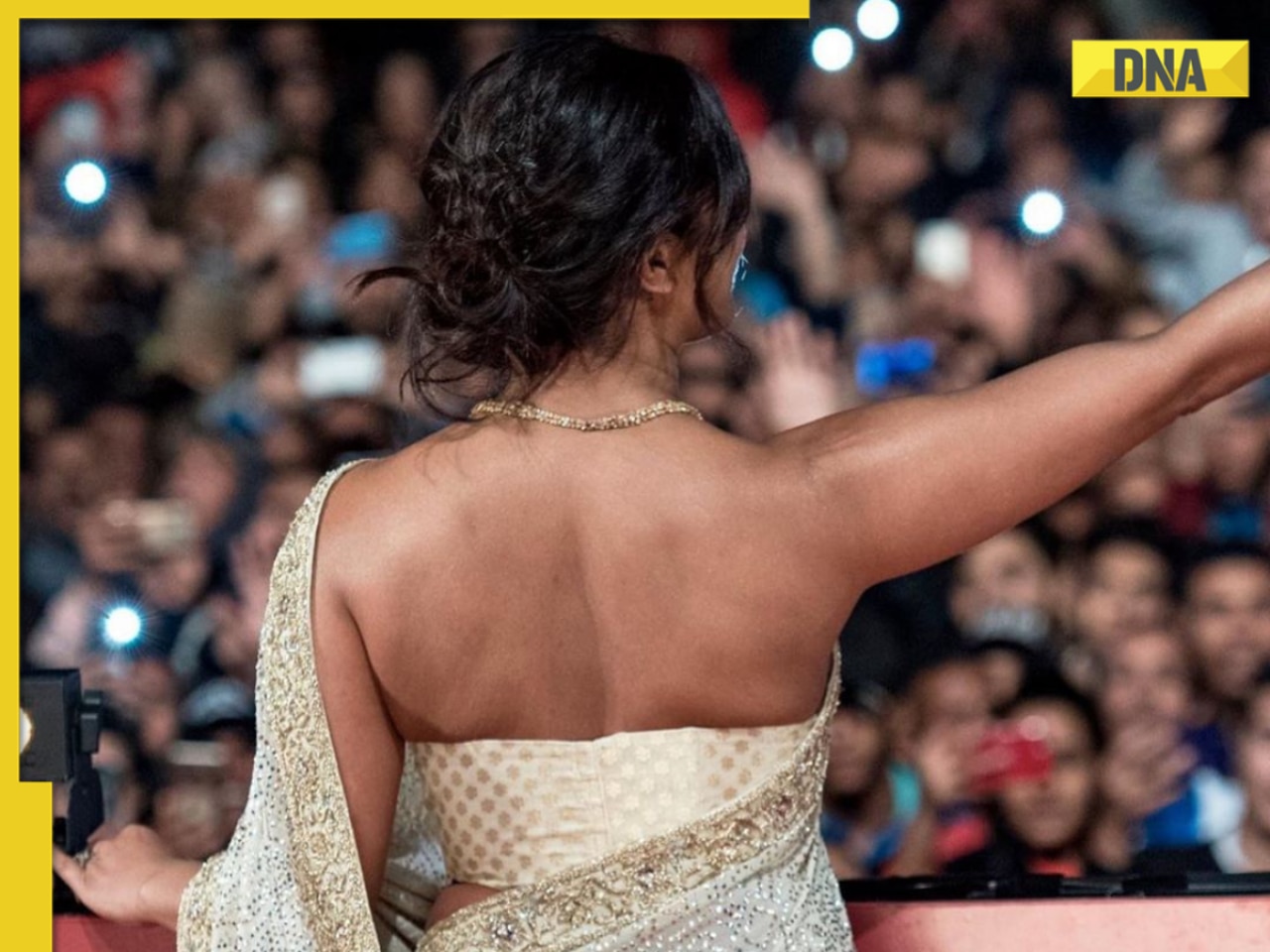






)
)
)
)
)
)